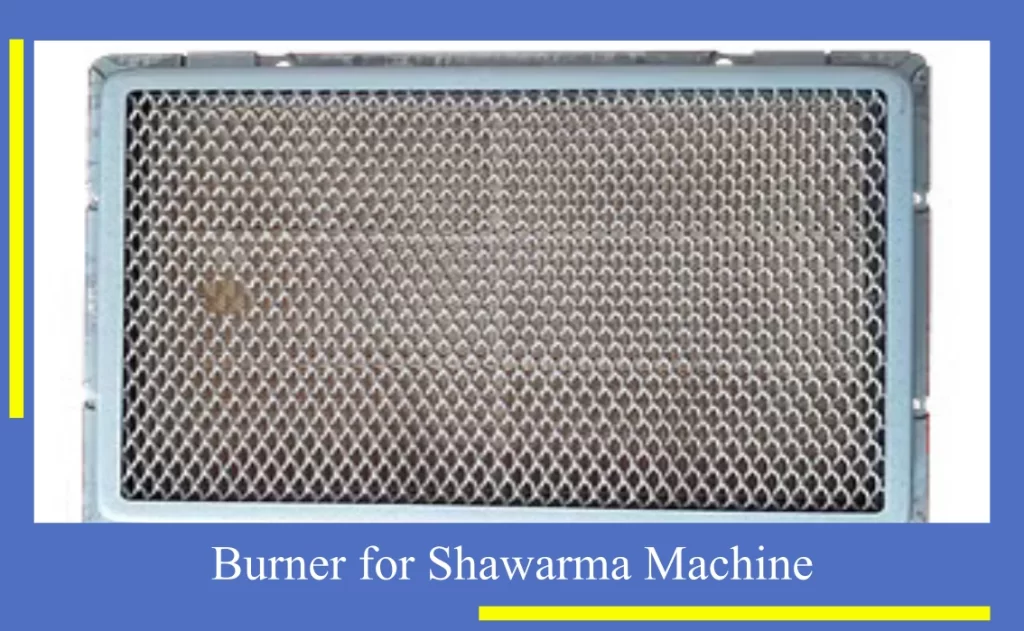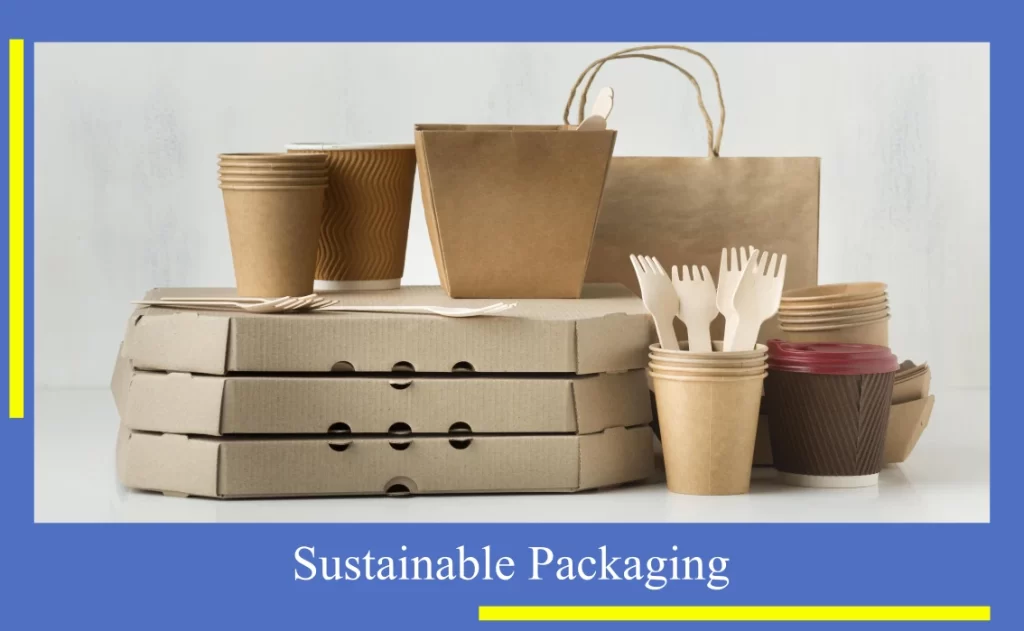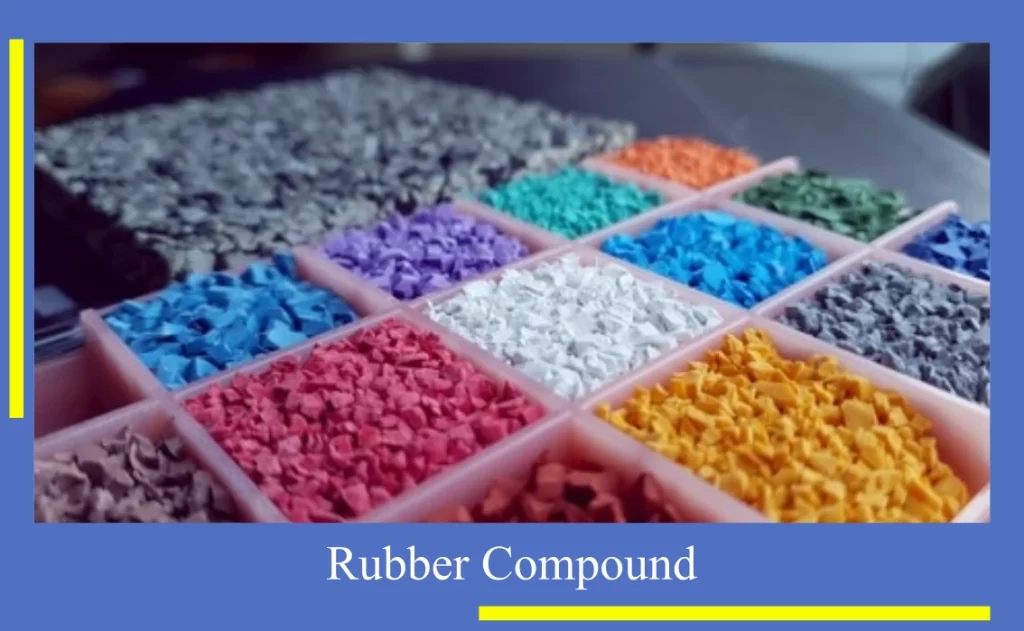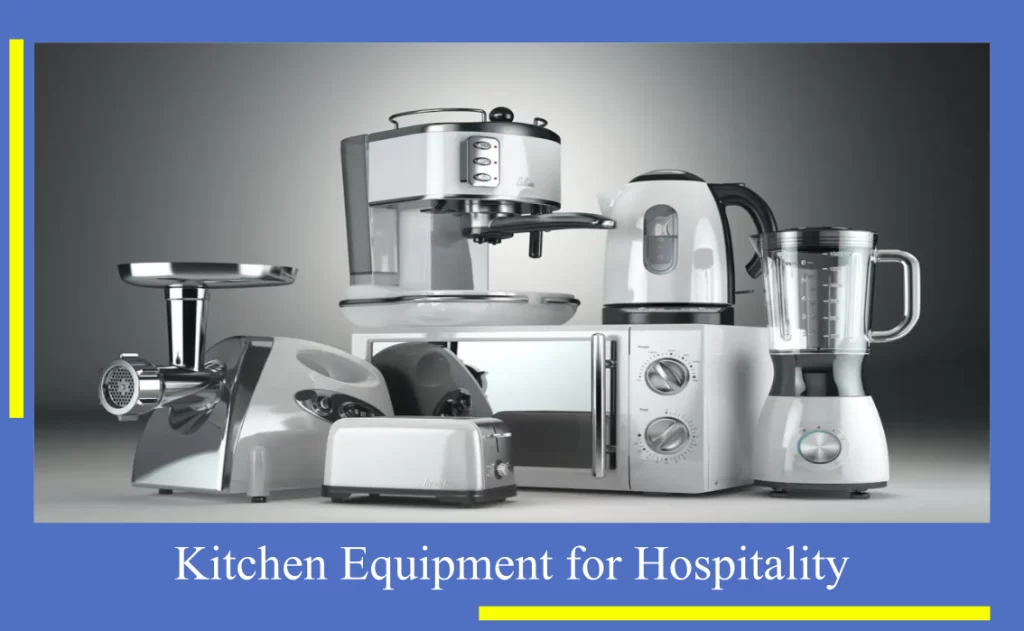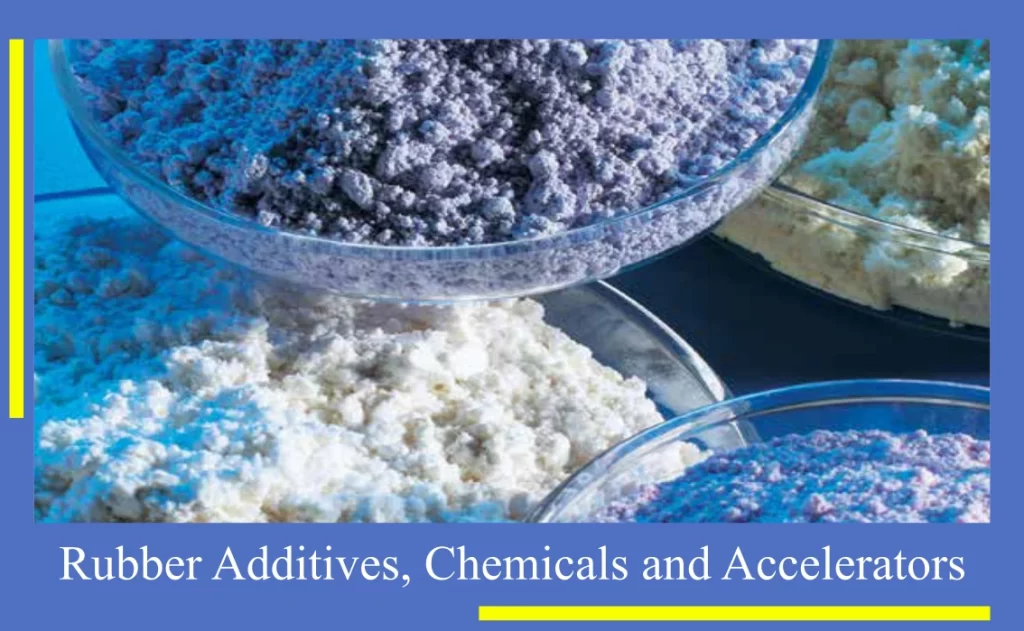Wholesale Traders of Rubber Products
Wholesale Traders of Rubber and Chemicals - Faridabad | Serving Delhi NCR
Being a certified rubber seller and a respected member of the Rubber Board of India, we offer unparalleled knowledge and trustworthiness to the field. Our rubber additives are used in various industries, such as construction and automotive, to enhance product quality. Our additives help manufacturers meet strict performance requirements and stay cost-efficient by utilizing carbon black for improved elasticity and MBTS for enhanced tire performance. We guarantee exceptional versatility and dependability in all applications with a wide range of products to meet various production requirements.

Rubber tree latex is the source of Natural Rubber (NR). It has exceptional qualities like good wear resistance, high resilience, and good tensile strength.
NR is frequently utilized in many different applications, including as the fabrication of conveyor belts, footwear, tires, and a variety of mechanical goods.
Unlike natural rubber, which is made from the latex sap of rubber plants, synthetic rubber is any kind of rubber that is created intentionally by chemical processes. The process of making synthetic rubber involves the use of different chemical substances called monomers, which are polymerized to create lengthy chains of repeating units that resemble rubber and have characteristics comparable to those of natural rubber.
- Polymer Type: Copolymer of styrene and butadiene.
- Chemical Structure: Alternating styrene and butadiene segments.
- Properties: Good abrasion resistance, excellent flexibility, and moderate chemical resistance.
- Applications: Tires, conveyor belts, shoe soles, adhesives, and more.
- Polymer Type: Copolymer of butadiene and acrylonitrile.
- Chemical Structure: Alternating butadiene and acrylonitrile segments.
- Properties: Exceptional oil and fuel resistance, good mechanical properties, and resistance to heat.
- Applications: Gaskets, seals, fuel hoses, automotive components, and oil-resistant products.
- Polymer Type: Copolymer of isobutylene and small amounts of isoprene.
- Chemical Structure: Long chains of isobutylene with occasional isoprene segments.
- Properties: Low gas permeability, excellent air and moisture resistance, and good chemical resistance.
- Applications: Inner tubes, seals, stoppers, and applications requiring air-tightness.
- Polymer Type: Polychloroprene.
- Chemical Structure: Chlorinated butadiene segments.
- Properties: Weather resistance, ozone resistance, oil resistance, flexibility, and durability.
- Applications: Hoses, gaskets, wetsuits, automotive components, and outdoor applications.
- Polymer Type: Terpolymer of ethylene, propylene, and a diene monomer.
- Chemical Structure: Ethylene, propylene, and diene segments.
- Properties: Excellent weather resistance, ozone resistance, and electrical insulation.
- Applications: Automotive seals, roofing membranes, outdoor electrical insulation, and more.
- Polymer Type: Thermoplastic or thermosetting polymer.
- Chemical Structure: Urethane linkages in the polymer chain.
- Properties: High abrasion resistance, tensile strength, flexibility, and durability.
- Applications: Roller skate wheels, seals, bushings, industrial components, and more.
- Polymer Type: Silicone polymer.
- Chemical Structure: Silicon-oxygen (Si-O) backbone with organic side groups.
- Properties: Extreme temperature resistance, flexibility, low toxicity, and biocompatibility.
- Applications: Medical devices, cookware, gaskets, electrical insulation, and more.
- Polymer Type: Copolymer of ethylene and propylene.
- Chemical Structure: Ethylene and propylene segments.
- Properties: Heat resistance, ozone resistance, and weather resistance.
- Applications: Automotive parts, roofing membranes, electrical insulation, and more
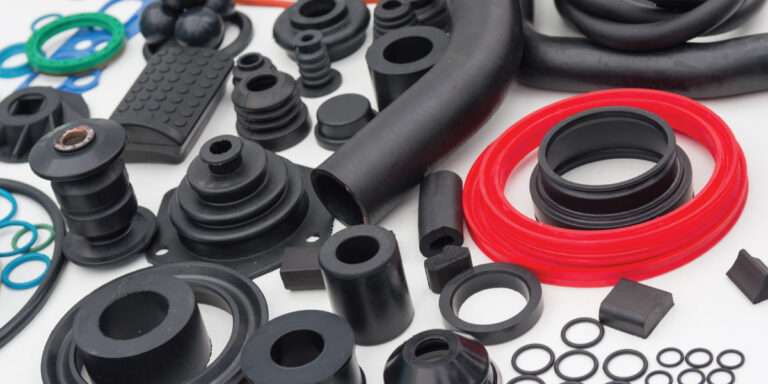



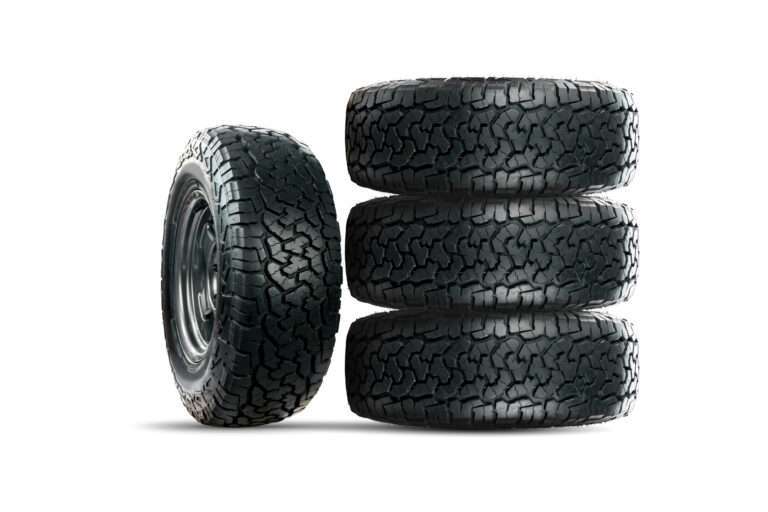
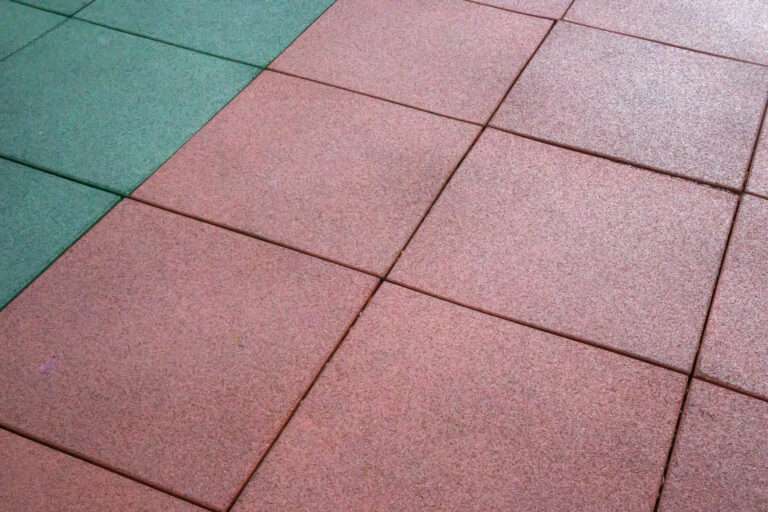
Details
| Rubber Type | Chemical Resistance | Temperature Resistance | Tensile Strength | Weather Resistance | Applications |
|---|---|---|---|---|---|
| Natural Rubber (NR) | Limited resistance | Moderate temperature | Good | Limited weather resistance | Tires, footwear, mechanical goods |
| Styrene-Butadiene Rubber (SBR) | Moderate resistance | Moderate temperature | Moderate | Moderate weather resistance | Tires, conveyor belts, shoe soles |
| Nitrile Rubber (NBR) | Excellent resistance | Moderate temperature | Good | Limited weather resistance | Gaskets, seals, fuel hoses |
| Butyl Rubber (IIR) | Excellent resistance | High temperature | Good | Excellent weather resistance | Inner tubes, seals |
| Neoprene (CR) | Good resistance | Moderate temperature | Good | Excellent weather resistance | Hoses, gaskets, wetsuits |
| Ethylene Propylene Diene Monomer (EPDM) | Good resistance | High temperature | Moderate | Excellent weather resistance | Outdoor applications, automotive seals |
| Polyurethane (PU) | Good resistance | Moderate temperature | Good | Limited weather resistance | Roller skate wheels, seals, bushings |
| Silicone Rubber (VMQ) | Limited resistance | Extreme temperature | Good | Good weather resistance | Medical devices, cookware, gaskets |
| Ethylene Propylene Rubber (EPM/EPDM) | Good resistance | High temperature | Moderate | Excellent weather resistance | Automotive parts, roofing membranes, electrical insulation |
| Rubber Type | Tensile Strength (MPa) | Hardness (Shore A) | Density (g/cm³) | Temperature Resistance (°C) | Elongation at Break (%) | Modulus of Elasticity (MPa) | Tear Strength (N/mm) |
|---|---|---|---|---|---|---|---|
| Natural Rubber (NR) | 15 – 30 | 40 – 95 | 0.92 – 0.95 | -50 to 70 | 700 – 1000 | 2 – 8 | 20 – 30 |
| Styrene-Butadiene Rubber (SBR) | 16 – 30 | 40 – 95 | 0.92 – 0.98 | -50 to 100 | 300 – 500 | 3 – 10 | 20 – 40 |
| Nitrile Rubber (NBR) | 14 – 31 | 40 – 95 | 0.96 – 0.99 | -40 to 120 | 200 – 600 | 4 – 12 | 20 – 40 |
| Butyl Rubber (IIR) | 9 – 18 | 40 – 80 | 0.91 – 0.92 | -55 to 130 | 300 – 700 | 1.5 – 10 | 10 – 25 |
| Neoprene (CR) | 6 – 18 | 40 – 90 | 1.22 – 1.24 | -55 to 110 | 200 – 600 | 4 – 8 | 20 – 40 |
| Ethylene Propylene Diene Monomer (EPDM) | 7 – 21 | 40 – 90 | 1.10 – 1.25 | -50 to 150 | 100 – 700 | 2 – 10 | 20 – 40 |
| Polyurethane (PU) | 10 – 60 | 60 – 95 | 1.10 – 1.25 | -40 to 90 | 300 – 700 | 10 – 40 | 20 – 40 |
| Silicone Rubber (VMQ) | 7 – 12 | 30 – 80 | 1.12 – 1.22 | -50 to 230 | 100 – 900 | 2 – 10 | 10 – 20 |
| Ethylene Propylene Rubber (EPM/EPDM) | 8 – 20 | 40 – 90 | 0.85 – 1.15 | -50 to 150 | 200 – 800 | 2 – 10 | 15 – 40 |


